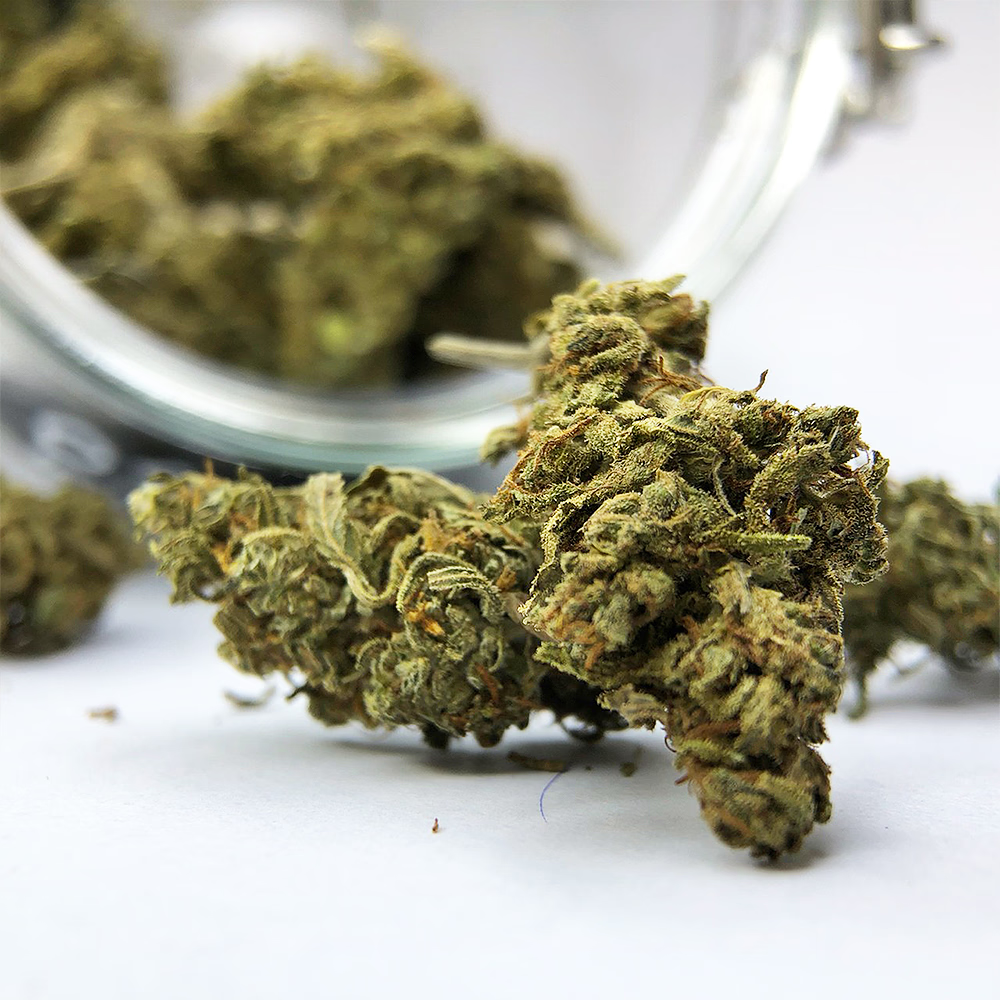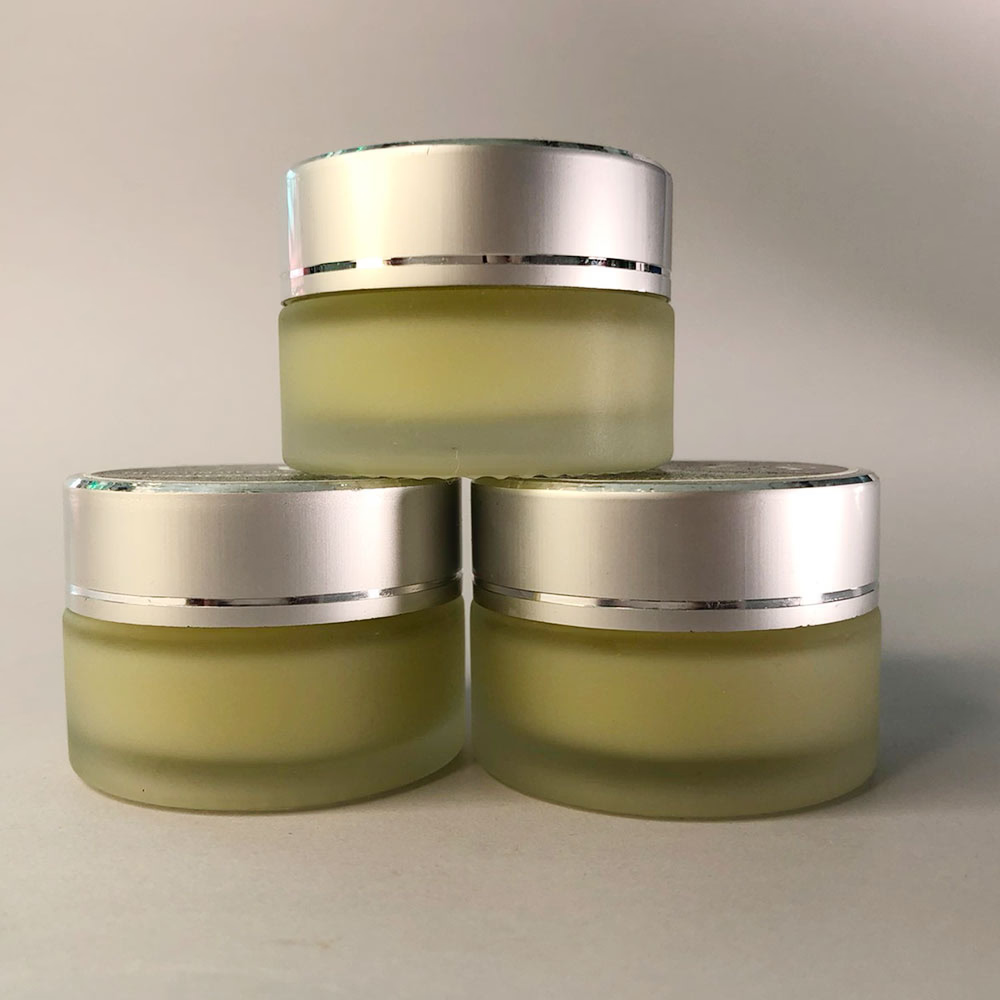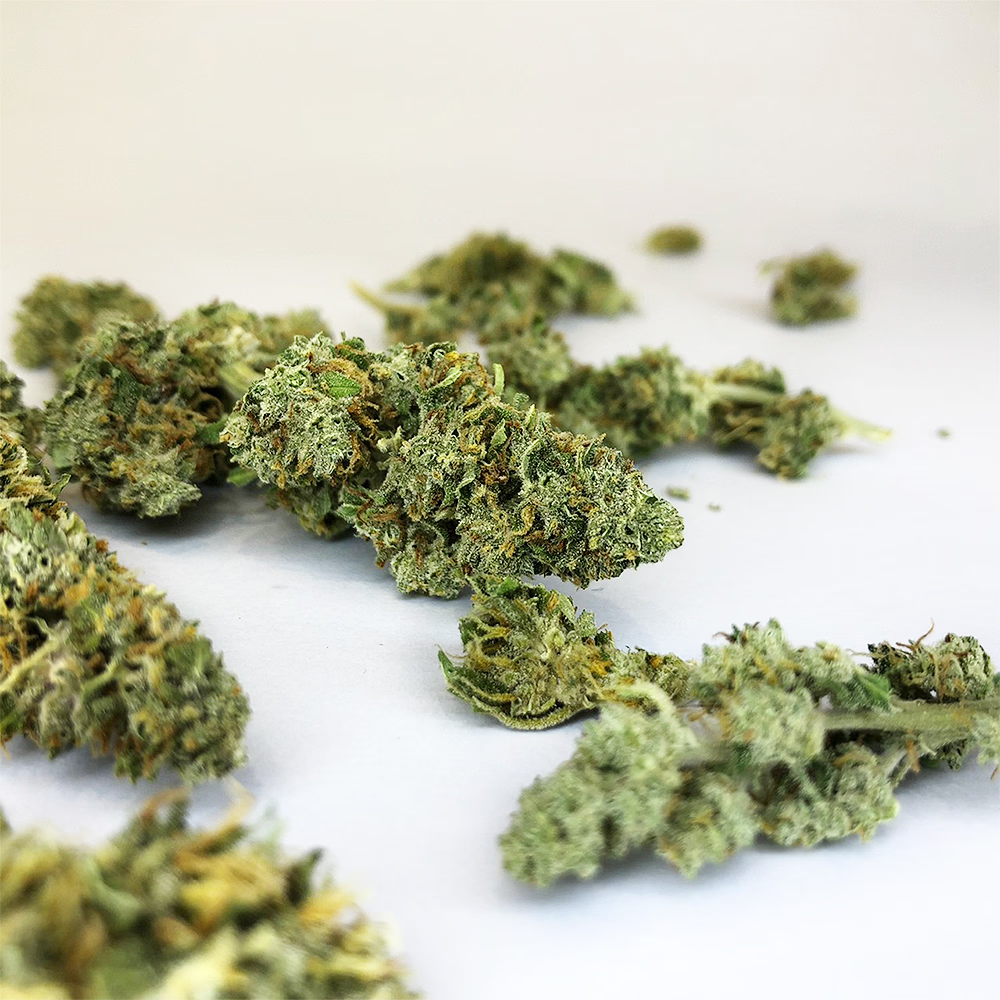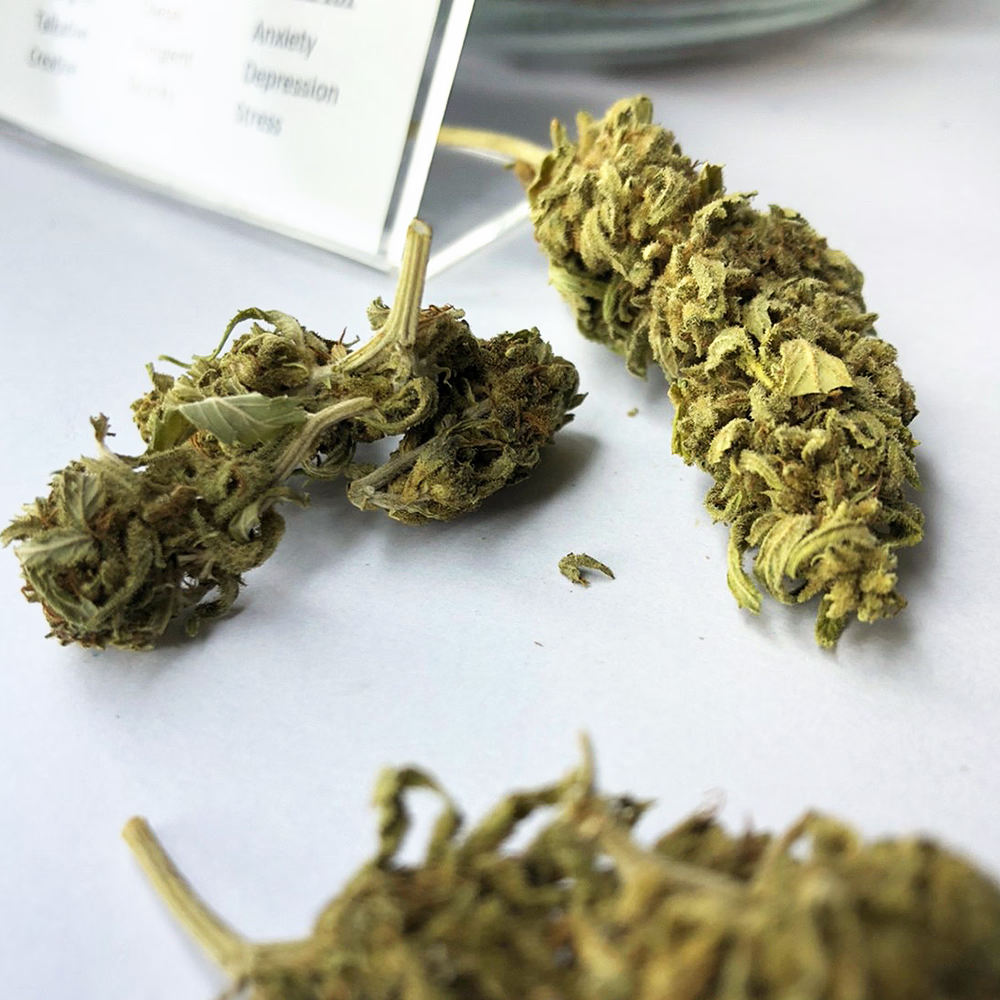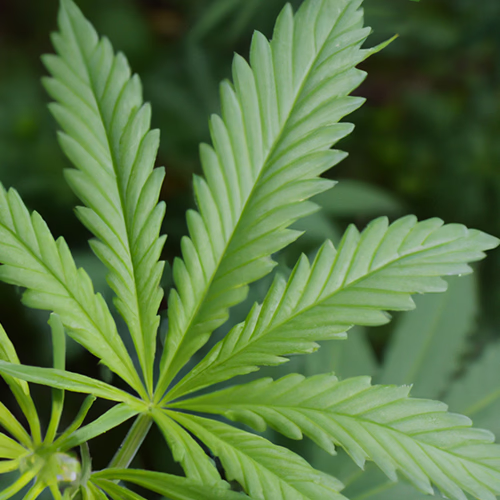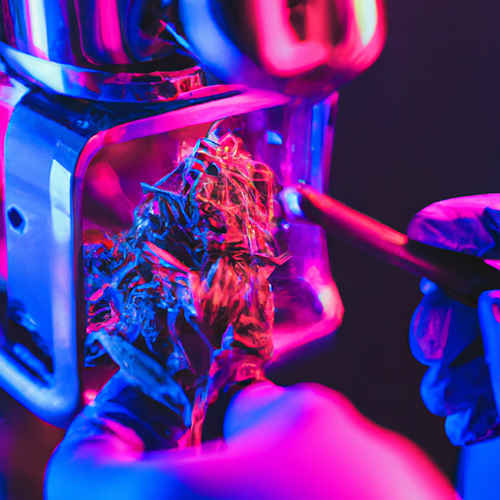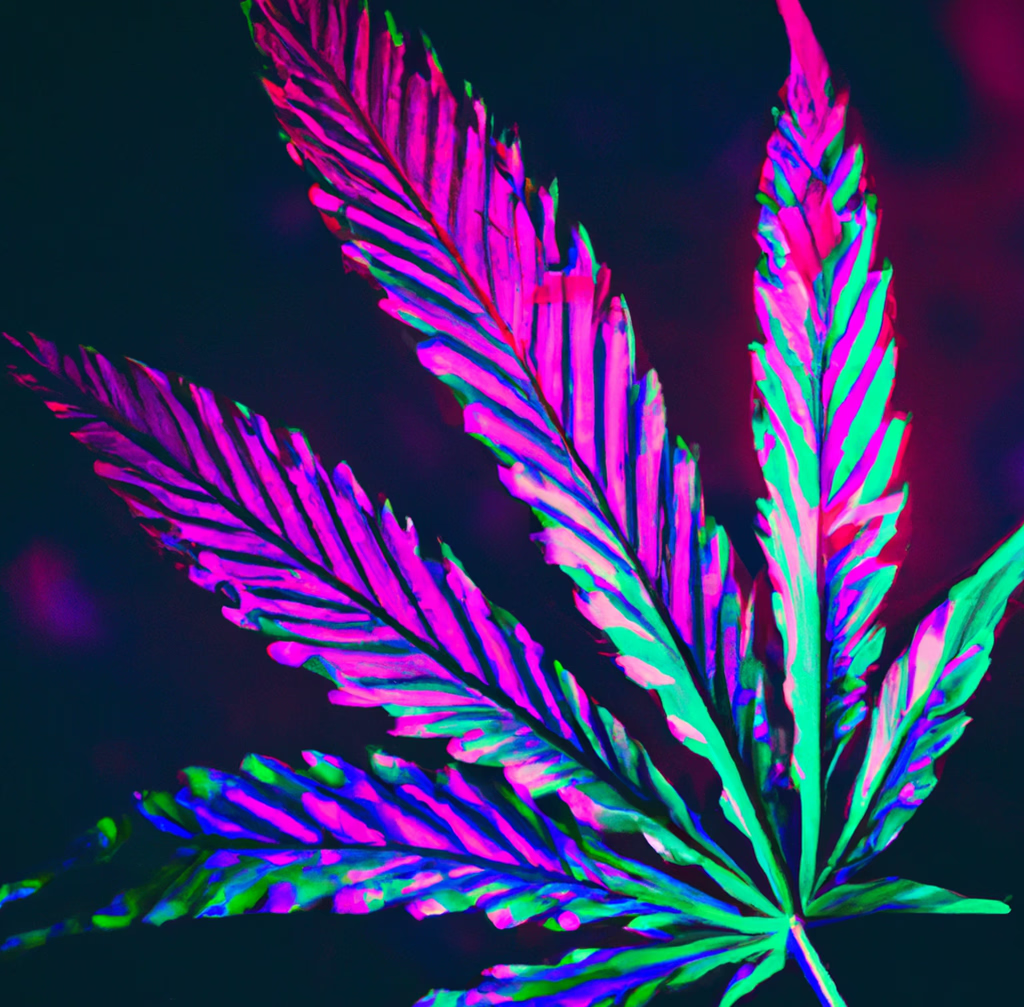Hashish: Everything You Need to Know
Hashish, The World's Most Famous Cannabis Product, also known as a hash, is a potent form of cannabis. It is made by separating the resinous Trichomes from the leaves and flowers of the cannabis plant. Trichomes are the tiny, hairlike structures that produce the plant's cannabinoids, including THC. Hash typically contains a higher concentration of THC than regular cannabis. Hashish has been used for centuries, both recreationally and medicinally. In recent years, it has become increasingly popular as a recreational drug.
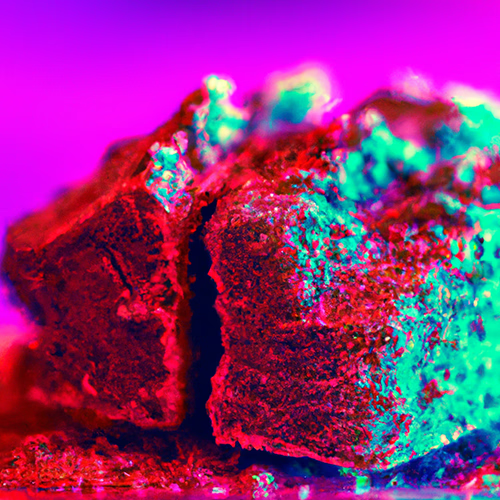
Hashish can be smoked, eaten, or vaporized. It can also make edibles, oils, and other products. Hashish is generally safe to use, but there are some potential risks. These include anxiety, paranoia, and Psychotic symptoms. Hashish can also be addictive and may lead to dependence. If you are considering using hashish, being aware of the potential risks is essential. Talk to your doctor or a mental health professional if you have concerns.
How to make hashish?
Hashish is made from the resin of the cannabis plant. It is a concentrated form of the plant with high levels of THC, the psychoactive compound that produces the "high" associated with marijuana. Hashish can be smoked or eaten, and its effects can last several hours.
To make hashish with iced water, you will need the following:
Cannabis resin
A container filled with ice water
A strainer
A coffee filter
Instructions:
Place the cannabis resin in the container of ice water.
Actively stir for a few minutes to allow the resin to dissolve.
Strain the mixture through the strainer into another container.
Place the coffee filter over the mouth of the container and slowly pour the hashish-water mixture through it.
Allow the mixture to drip through the filter and into the container below.
Collect the hashish left on the filter and store it in an airtight container.
History of hashish
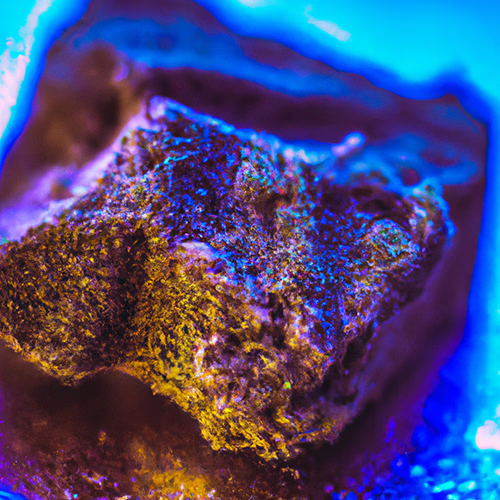
For its therapeutic and recreational benefits, hashish has been used for generations. It was used to treat various conditions, such as pain, sleeplessness, and anxiety. Hashish was first used as an anesthetic during surgery in China in the sixth century, according to historical records. Hashish was used to create ecstasy in the Middle East and was frequently combined with other drugs like opium.
Even though hashish is now prohibited in the majority of nations, its use is nevertheless widespread. During the 19th century, it gained popularity in Europe thanks to the use of writers, artists, and thinkers like Victor Hugo and Charles Baudelaire. Early 20th-century immigration from Mexico and the Caribbean brought hashish use to North America. It became significantly more well-liked in the US in the 1960s when the counterculture movement started to link it to the movement.
Side Effects of Hashish
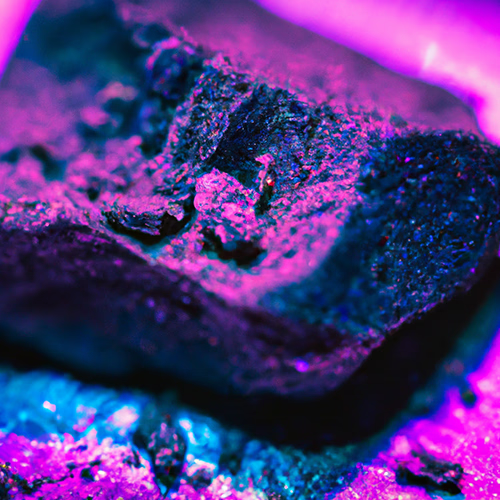
Hashish, also known as hash, is a potent form of cannabis produced by separating and compressing the resin glands of the cannabis plant. Hashish can be smoked, eaten, or vaporized and is often used as an ingredient in other cannabis-infused products. While hashish has many of the same side effects as other forms of cannabis, it can also cause some unique side effects, mainly when used in high doses.
The primary psychoactive component in cannabis, THC, can make some people anxious and paranoid. Paranoia is the most frequent negative effect of marijuana. This is because hashish has a higher THC content than other cannabis strains. Use caution when consuming hashish if you are prone to anxiety or paranoia.
Dizziness is another frequent side effect of marijuana. THC can change your perspective of reality and make you feel dizzy or lightheaded when it connects to the cannabinoid receptors in the brain. Hashish, which creates paranoia, contains the same psychoactive substance that causes this. When taking hashish, you should exercise caution if you are prone to vertigo.
Additionally, marijuana can impair short-term memory. This is due to THC's ability to bind to the hippocampus, a brain region involved in remembering. If you're attempting to learn something new or recall something significant, THC can make it difficult for the hippocampus to create new memories.
Although short-term memory loss typically has no lasting effects, it can be unpleasant. Rarely, using hashish can cause psychotic episodes that include hallucinations and delusions. These episodes can happen to anyone who uses hashish frequently or in high doses, though those with a history of mental illness are more prone to experience them. Once you've used hashish, you should seek medical attention immediately if you start having psychotic symptoms.
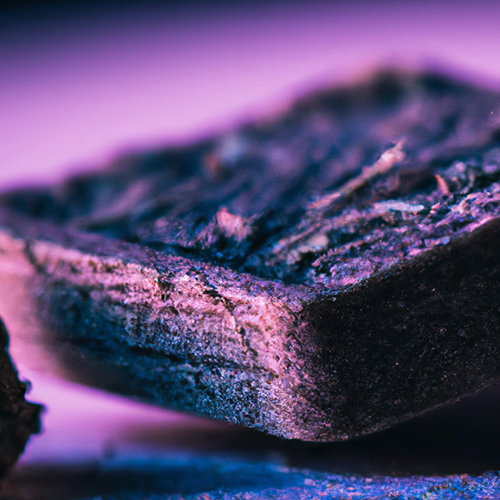
Hashish is generally a harmless substance with few serious adverse effects. Before utilizing it, it is necessary to know any potential hazards. Start with a modest dose if you are prone to anxiety or paranoia, then gradually increase as necessary. If you use hashish and develop short-term memory loss, try stopping for a few days to see if the effect subsides. Finally, get medical attention immediately if you develop psychotic symptoms after smoking hashish.
Hash effects on pregnancy
Smoking hash during pregnancy increases the risk of low birth weight, premature birth, and stillbirth. Smoking hash during pregnancy can also lead to behavior and learning problems in children. These problems may not be evident until the child reaches school age.
There is no safe way to use hash during pregnancy. The best way to protect your baby is to abstain from using hash and other drugs during pregnancy. If you are using hash, stop now and get help to quit.
Hash vs. weed
Weed and hash have been used interchangeably for a long time, but there are some critical differences between the two. Weed is the dried leaves and flowers of the cannabis plant, while hash is a concentrated resin made from the cannabis plant.
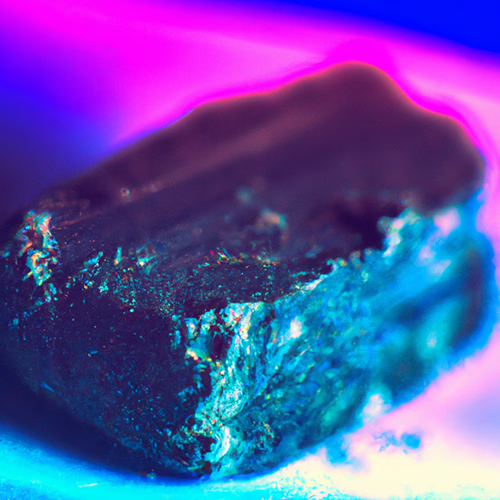
The main difference between weed and hash is in their THC content. THC is the primary psychoactive compound in cannabis, which gets you high. Hash typically has a higher THC content than weed, which means it is more potent and will give you a stronger high.
Hash is also generally more expensive than weed due to its higher THC content. It is also more difficult to find, as it is not widely available in many countries. The hash is the better option if you want to get high. However, weed is better if you want a more mellow experience.
Difference between hash and other cannabis concentrates.
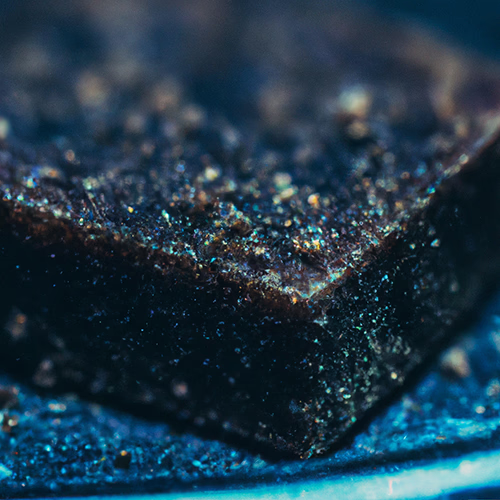
Hash is made by separating the trichomes (THC-rich resinous glands) from the rest of the plant material and pressing them into a solid form. Other cannabis concentrates, such as BHO (butane hash oil), CO2 oil, and rosin, are also made by separating the trichomes from the plant material. Hash typically has a dark brown or black color and a slightly crumbly texture.
However, these concentrates are typically produced using different extraction methods, making a final product with extra potency, flavor, and consistency. For example, BHO generally is much more potent than the hash, while CO2 oil tends to have a milder flavor and a softer texture.
So, what's the difference between hash and other cannabis concentrates? It comes down to the extraction method used and the resulting potency, flavor, and consistency of the final product.
How to smoke hash?
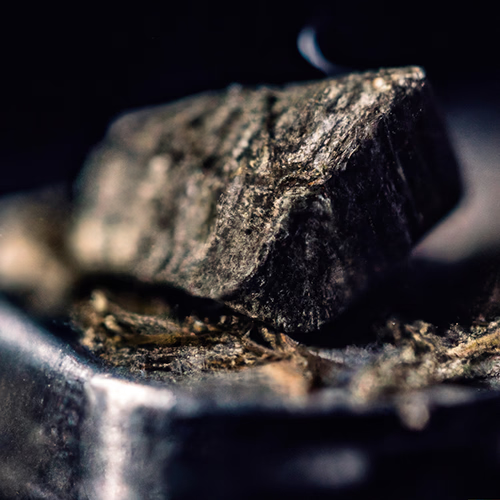
The answer is quite simple. All you need is a pipe or bong and some hash. If you don't have a pipe or bong, you can always roll a joint with some soup mixed in with your weed. Once you have your materials, load your pipe or bong with some soup and light it up. Inhale deeply and enjoy the potent effects of the soup.
If you've never tried smoking hash before, it's worth trying. It's a great way to enjoy the unique effects of this potent cannabis product. You'll likely feel the hash results much quicker than smoking weed alone, so be prepared for a powerful high. Just be sure to start slow and go easy on the inhales, as the impact can be overwhelming if you're not used to them.
